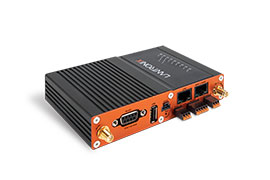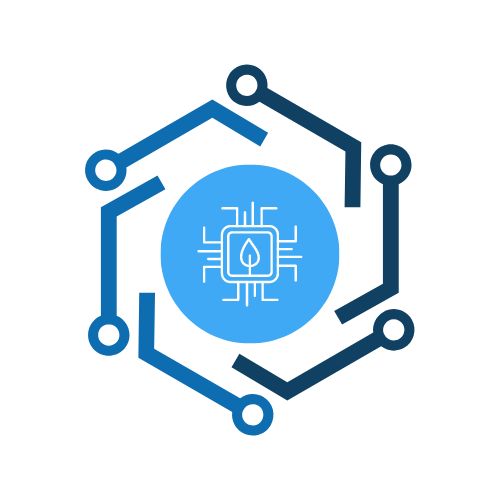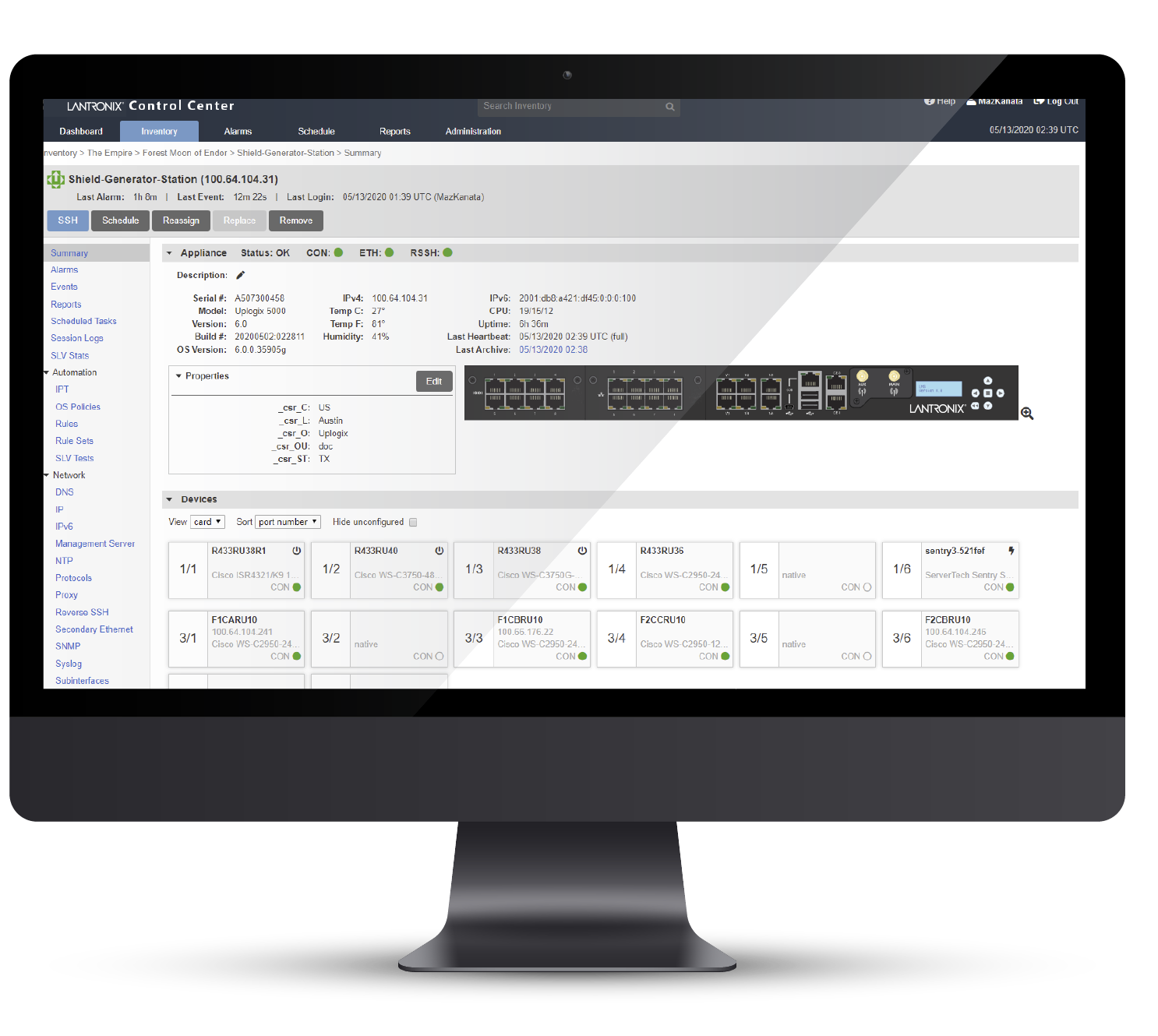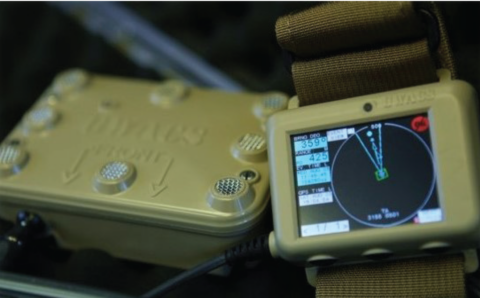CPSMM100 Base Management Module
The CPSMM100 is the heart of the Point System’s management capability. It has the ability to monitor and control all other modules in the Point System stack. The Management Module itself communicates with the system administrator either through the CLI (Command Line Interface) presented at the serial port, or through SNMP, Telnet CLI, and Web interfaces available via the Ethernet port.
Important note regarding product identification: When the full part number of a Point System device is abbreviated for use in catalogs and marketing literature, the first set of numeric digits in the string is dropped and replaced by the last. In most Point System products, the first set of numeric digits in the full part number is the same as the last, so this process is transparent. In the case of Management Modules, this is not true. The full part number of the CPSMM100 Base Management Module is CPSMM100-200, and it is referred to in catalogs and marketing literature as CPSMM200. The CPSMM100 also comes in other varieties, such as the CPSMM100-120 (a single-slot version) and the CPSMM100-400, which is found in a SMACF100 Main Management Unit.
The following attributes of the CPSMM100 are manageable via SNMP or the Web interface. A few additional configuration settings are not part of the MIB and therefore can be changed only at the Command Line Interface. Refer to the CLI’s online documentation for more information.
| Parameter | Associated MIB variable | Description |
| BIA | cpsmm100BiaIndex(1) | See BIA and Slot |
| Slot | cpsmm100SlotIndex(2) | See BIA and Slot |
| Group Membership | cpsmm100Groups(3) | See Configuration Management |
| Reset Management Module | cpsmm100Reset(4) | See Reset |
| Save configuration to non-volatile memory | cpsmm100SaveConfig(5) | Save RAM configuration to Flash |
| Hardware Revision | cpsmm100HwRevision(6) | The Model and Revision reported by the hardware. |
| Firmware Revision | cpsmm100SwRevision(7) | The Revision of the firmware running on the primary processor of the Management Module. |
| Agent IP address | cpsmm100IPAddress(8) | See Agent IP Configuration |
| Agent Subnet Mask | cpsmm100SubnetMask(9) | See Agent IP Configuration |
| Agent Default Gateway | cpsmm100Gateway(10) | See Agent IP Configuration |
| Primary/Standby State | cpsmm100IsPrimary(11) | See Redundant Management |
| Primary/Standby Selection | cpsmm100WantPrimary(12) | See Redundant Management |
| Primary/Standby Ability | cpsmm100CanPrimary(13) | See Redundant Management |
| Ethernet Link | cpsmm100EthernetLink(14) | Link status of Management Port |
| – | cpsmm100TntRIP(15) | Obsolete |
| – | cpsmm100TntRIPMask(16) | Obsolete |
| SNMP Trap Manager #1..#4 | cpsmm100SNMPTrapMgr(17), cpsmm100SNMPTrapMgr2(28), cpsmm100SNMPTrapMgr3(29), cpsmm100SNMPTrapMgr4(30) | IP addresses to which traps are transmitted by the Management Module |
| – | cpsmm100TrapInterval(18) | Obsolete |
| Agent sysUptime (d:h:m:s) | cpsmm100SysUpTime(19) | MIB-2 mirror variable |
| Agent sysContact | cpsmm100SysContact(20) | MIB-2 mirror variable |
| Agent sysName | cpsmm100SysName(21) | MIB-2 mirror variable |
| Agent sysLocation | cpsmm100SysLocation(22) | MIB-2 mirror variable |
| Config Match | cpsmm100CfgMatch(23) | Configuration Management match? |
| Serial Number | cpsmm100SerialNumber(24) | Serial Number reported by hardware |
| Inter-Cabinet Communications Interface | cpsmm100ICIF(25) | See ICIF |
| Marketing Revision | cpsmm100MRevision(26) | Marketing Revision |
| Last-Gasp support | cpsmm100LastGasp(27) | Last Gasp |
(28), (29), (30) | see (17) above. | |
| Cache Clean | cpsmm100CacheClean(31) | Configuration changes pending? |











